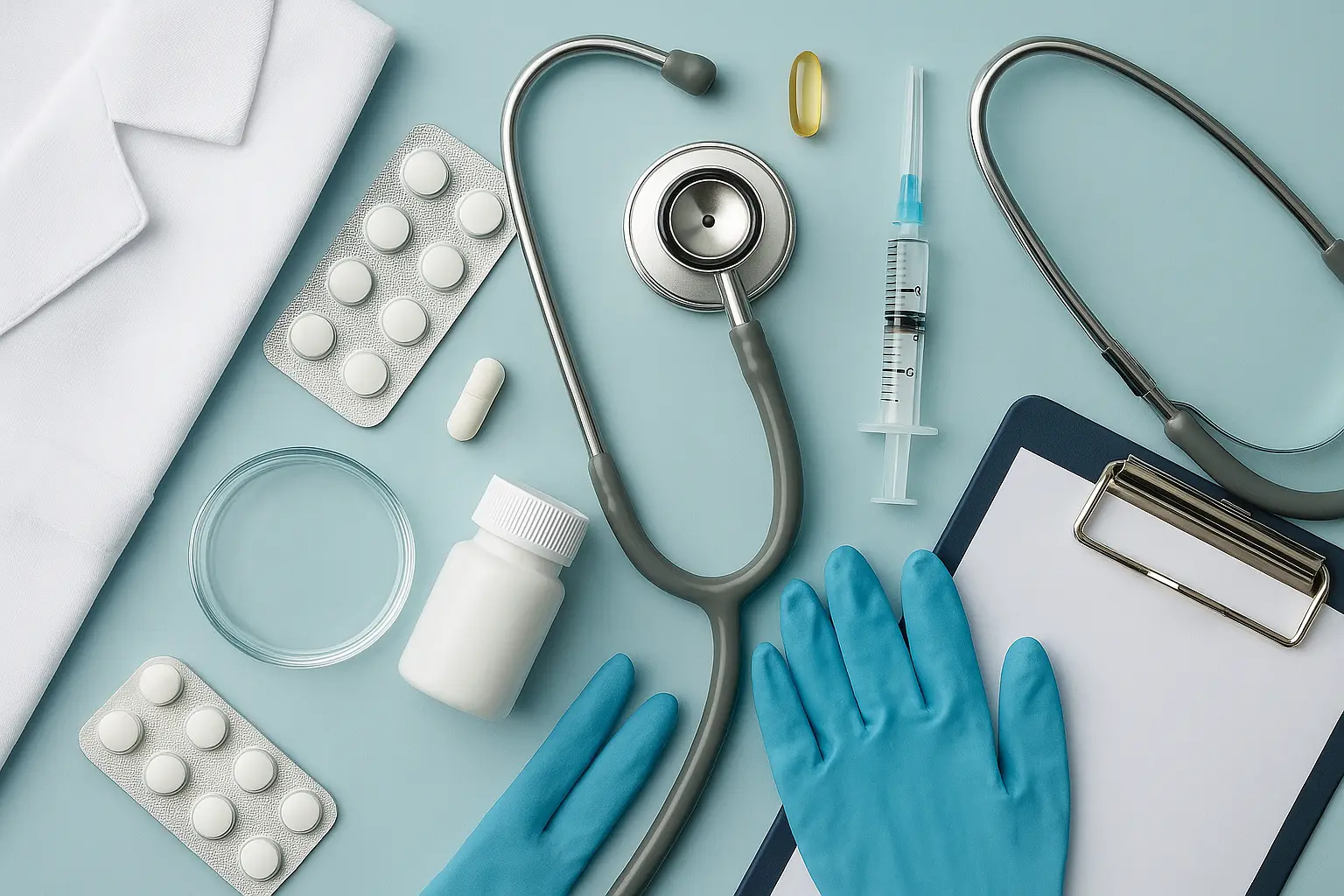Laboratory Biosafety Certification
Ensuring a laboratory operates within strict biosafety standards is paramount in protecting public health and environmental integrity. The Laboratory Biosafety Certification process involves rigorous evaluation to ensure that laboratories meet the necessary safety criteria as defined by regulatory bodies such as ISO 17025, OSHA, and other relevant guidelines.
The certification ensures that all biohazardous materials are handled safely, minimizing risks associated with infectious agents. This certification is critical for facilities dealing with high-risk pathogens or biological substances classified under biosafety levels BSL-3 and BSL-4. Proper training of personnel in the safe handling of these materials, adequate containment measures, and robust waste management systems form the core aspects evaluated during this certification process.
The scope of a Laboratory Biosafety Certification extends beyond mere compliance with regulations; it includes ensuring that all laboratory operations are conducted ethically and safely. This encompasses not only the physical environment but also the procedures and protocols employed by personnel in handling biological agents. The process involves multiple stages, including initial assessment, corrective action planning, and periodic audits to maintain certification.
One of the key elements in achieving biosafety certification is the implementation of a robust biosafety program that includes risk assessments, emergency response plans, and continuous training for personnel. This ensures that all individuals working within the laboratory are well-prepared to handle potential hazards effectively. The certification also mandates regular inspections by independent bodies who verify compliance with established standards.
The importance of Laboratory Biosafety Certification cannot be overstated in today’s world where emerging infectious diseases pose significant threats. By ensuring that laboratories adhere strictly to biosafety protocols, we can help prevent accidental releases or mishandling incidents that could have far-reaching consequences. Moreover, this certification plays a crucial role in maintaining public trust and confidence in our healthcare systems.
- Initial Assessment: A thorough evaluation of the laboratory's current practices against established biosafety standards.
- Corrective Actions: Identification and implementation of necessary changes based on findings from the initial assessment.
- Periodic Audits: Regular inspections by authorized bodies to ensure ongoing compliance with certification requirements.
Benefits
The benefits of obtaining Laboratory Biosafety Certification are numerous and far-reaching. For quality managers and compliance officers, it provides peace of mind knowing that their facility meets stringent regulatory requirements, thereby reducing legal risks associated with non-compliance.
R&D engineers working within such labs can focus on advancing scientific discoveries without worrying about potential biosafety lapses. Proper certification ensures that all necessary safety measures are in place, allowing researchers to concentrate fully on innovative projects. For procurement teams responsible for sourcing materials and equipment used in these laboratories, certified facilities offer assurance that they meet international standards.
From an ethical standpoint, this certification underscores the commitment of organizations towards ensuring safe working conditions for all personnel involved. It fosters a culture of responsibility among employees by promoting best practices in handling hazardous substances. Ultimately, it contributes to building stronger trust between stakeholders and enhances reputation management efforts.
Environmental and Sustainability Contributions
Biosafety certification also has significant environmental implications. By adhering strictly to biosafety protocols, laboratories significantly reduce the risk of accidental spills or releases of hazardous materials into the environment. This minimizes contamination risks for both terrestrial ecosystems and water bodies.
The implementation of efficient waste management systems as part of a certified laboratory's operations further reduces its ecological footprint by ensuring proper disposal methods are followed. Such practices contribute positively to sustainable development goals by promoting resource efficiency throughout the lifecycle of laboratory activities.
In addition, maintaining biosafety certification encourages continuous improvement in operational procedures aimed at reducing energy consumption and waste generation within laboratories. This aligns closely with broader sustainability initiatives across various sectors including healthcare, research institutions, and pharmaceutical companies.
Use Cases and Application Examples
- Pharmaceutical Research: Ensuring that drug compounds developed in a laboratory are not contaminated with harmful microorganisms before undergoing clinical trials.
- Vaccine Development: Providing assurance that vaccines being tested are free from contaminants which could lead to adverse reactions during mass inoculations.
- Diagnostics: Guaranteeing the accuracy and reliability of diagnostic tests performed in a secure environment where cross-contamination is minimized.
- Infectious Disease Studies: Supporting research into emerging pathogens by providing controlled environments suitable for studying their behavior without posing risks to the general public.





